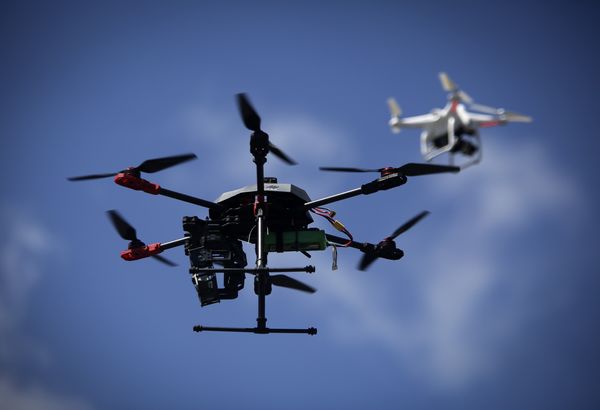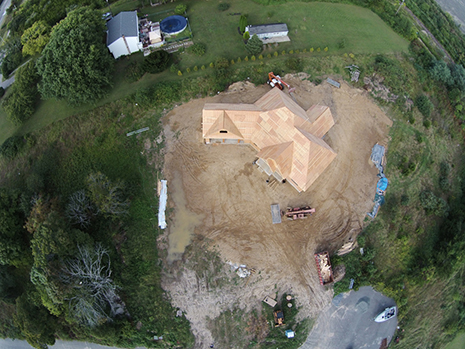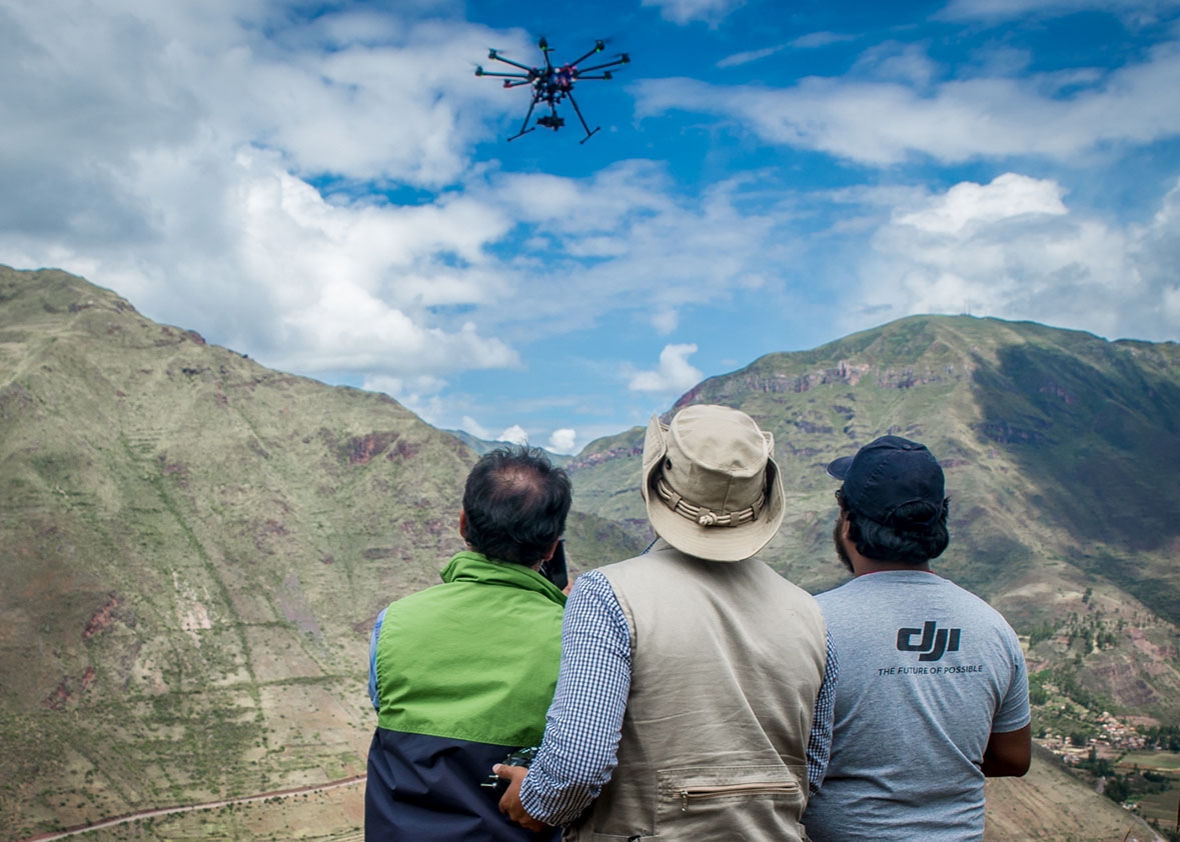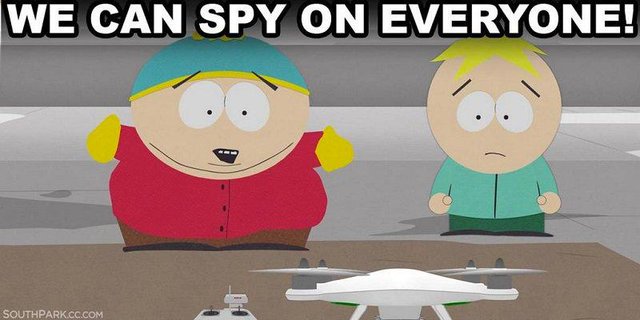
Mike Stucka
A branch of the U.S. military had to send a warning about a local drone — because it was flying near President Barack Obama as he played golf.
Newly released reports from the Federal Aviation Administration show that local drone incidents are happening at a rate of about once a month now. The March 29 incident with Obama doesn’t say how close the drone was or whether foul play was suspected.
The U.S. Secret Service called the FAA to report that the U.S. Coast Guard had spotted a drone flying “in the vicinity of POTUS,” the President of the United States. A Coast Guard spokesman in Miami said he had no information on the incident. The Palm Beach Post has filed a Freedom Of Information Act request for records on the incident.
According to The Washington Post, Obama spent that weekend playing at the members-only Floridian National Golf Club in Palm City, across the St. Lucie River from Stuart.
Perhaps the most serious threat came on the evening of July 4, when the risk was a drone rather than errant fireworks. A JetBlue regional jet from Boston saw a black and white drone with four rotors flying at 1,500 feet about three-quarters of a mile south of Palm Beach International. He did not have to take evasive action. That kind of jet can carry about 100 passengers.
And less than two weeks ago, on Aug. 15, the pilot of a Cessna 172 said he passed 100 feet from a quad copter as he was preparing to land. Aircraft traffic controllers redirected traffic to steer them away from the area. The incident happened about 2,000 feet up, or nearly half a mile, with both aircraft at the same height.
The FAA report suggests the incident wasn’t an accident.
“Pilot contacted tower after landing,” the FAA notes, “and stated the drone appeared to have a camera suspended under it and maneuvered to follow the Cessna.”
More drones were suspected of being a threat, both at high altitudes and lower, but close to airport flight paths.
In November, the Palm Beach County Sheriff’s Office launched helicopters several times in unsuccessful efforts to find drone pilots close to runways. In one Nov. 28 call, deputies spent a half hour looking for a drone flying over the approach end of a Palm Beach International Airport runway. In the November incident, drones were spotted by at least four aircraft, who said the drone was about 700 or 800 feet up. Neither the deputies in the helicopter, nor Palm Beach police officers, found the drone or its pilot.
A month later, deputies spent about 25 minutes looking around U.S. 441 for a drone in the final approach path into Palm Beach International Airport. A caller told the FAA that the drone had been orbiting the area, and the FAA said Palm Beach County deputies were also searching the ground.
Another drone was spotted in April by the pilot of a business jet, who was on his final approach into Palm Beach International when he spotted a drone hovering at 200 feet. He did not have to swerve.
One drone was spotted on the morning of June 15, when a pilot in a single-engine propeller airplane spotted a silvery drone just half a mile north of Palm Beach International, flying at about 1,500 feet. Deputies again flew out to search around Okeechobee Boulevard for the drone and its pilot, but didn’t find either.
Another pilot reported seeing a five-foot long black drone at 13,000 feet over Martin County.
Another pilot in a Gulfstream jet flying to New Jersey said he “came within 20 feet of a good-sized, fast-moving opposite direction white (drone) with wings” at 25,500 feet about 50 miles east of Palm Beach International.
http://www.palmbeachpost.com/news/news/local/faa-local-drone-near-obama-had-coast-guard-secret-/nnQKN/










